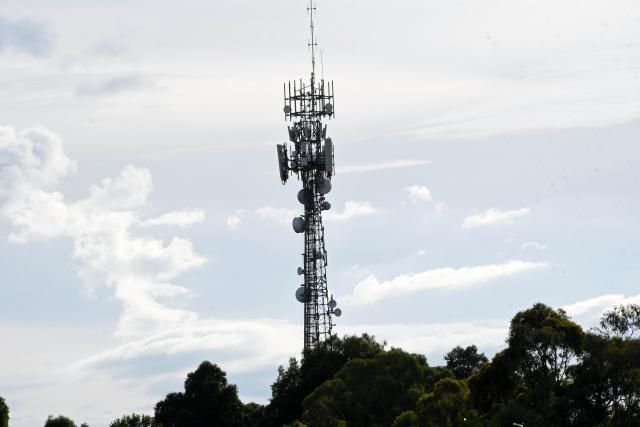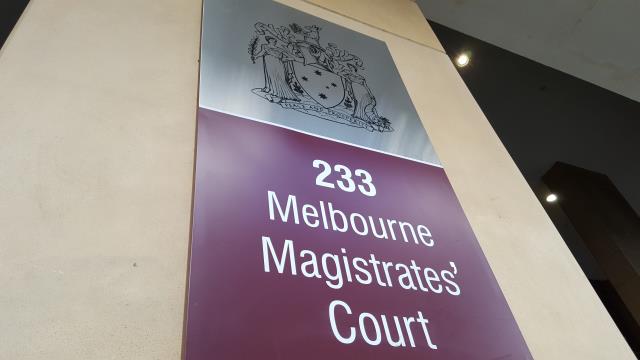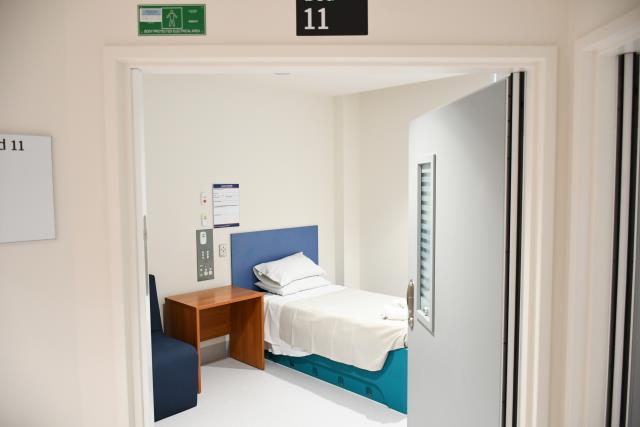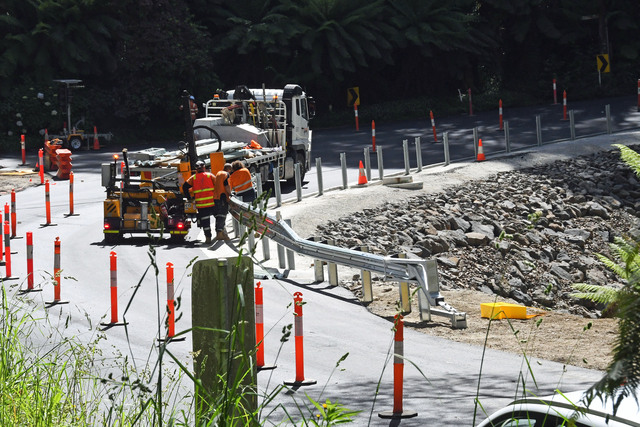Indara Infrastructure has had its appeal granted by VCAT to construct a 43 metre high monopole telecommunications facility in Silvan, after an initial refusal from Yarra Ranges Council.
Yarra Ranges Council initially rejected a planning permit application from Indara Infrastructure to build a telecommunications facility and associated fencing on a property at 181 Queens Road Silvan.
The council’s grounds of refusal were that the proposal would impose an unreasonable level of material damages to the neighbouring properties.
Two neighbours have also supported the council’s refusal of the proposal that the telecommunication facility will result in unreasonable material harmful to the neighbours and suggested alternative locations could have been chosen, noting the proposal has not orderly been planned.
The neighbours have stated the proposal will not benefit the community based on where the telecommunication facility would be located.
VCAT Member Alison Glynn said she’s satisfied by the evidence of the applicant and her own review of the application that the visual impact of the proposed facility is acceptable.
“I have reviewed the submissions of the parties, material provided through the review process, including the provision of expert evidence on visual amenity provided by the applicant and my own inspection of the review site and adjoining properties against these relevant provisions of the planning scheme,” Ms Glynn said.
“I am satisfied that the proposed facility is an acceptable outcome when tested against relevant provisions of the planning scheme, subject to removing the proposed ‘bird nest support frame’ located at the top of the monopole.”
Some of the key issues with this proposal were whether the development will have an unreasonable visual impact on nearby properties, and whether the facility will result in an unreasonable impact on the surrounding rural landscape, contrary to the significant landscape overlay provisions applying to the land.
The proposed facility, as set out in the application plans is for a 43.15 metre high monopole.
The monopole includes nine antennas mounted on a collar mount around the pole and are set at about 35 metres above ground.
Above the antennas is a further five to six metres of pole with a bird nest support frame located at the top.
The council acknowledged that in this instance co-location is not possible based on evidence provided with the permit application. There is also a nearby NBN tower, but this is not suited to co-location.
“The council says assessment of the potential impact of the proposed development on nearby properties and the landscape of the area needs to be undertaken in context of the need to balance the competing policies that seek to protect the landscape and amenity of the area while also providing needed telecommunication infrastructure,” the VCAT decision reads.
Ms Glynn stated that to ensure the permit requirements are met, the following must be taken into consideration:
Buildings and works in the green wedge zone (GWZ1) should be within five metres of a property boundary and within 100 metres of a dwelling.
Buildings and works in the significant landscape overlay should also be greater than seven metres in height and associated fencing greater than 1.8 metres in height.
Telecommunications infrastructure and services must be provided in an efficient and cost-effective manner to meet community needs, in accordance with clause 52.19.
The permit requirement must ensure buildings and works are completed in accordance with a heritage overlay.
The review site is irregular in shape with a driveway access from Queens Road that leads to a larger parcel to the north-west. The location of the proposed tower is just northwest of the entryway from Queens Road, close to the boundary of a nearby reservoir.
The Tribunal inspected the site and the nearby properties at 171 and 189 Queens Road, unaccompanied after the hearing on 5 February 2024. This view was from the rear of both dwellings on the land in what could be described as their rear private open space.
The submission of the applicant acknowledges that the monopole and the base structure will be visible ‘to some degree’ from the nearby properties but in the scope of policy for telecommunications facilities there is a need to balance between the provision of telecommunications facilities and the need to protect the environment from adverse impacts arising from telecommunications infrastructure.
In relation to 189 Queens Road, the objectors submit that the monopole will also be visible from the rear of this adjoining rear yard.
They acknowledge that there is intervening vegetation but question if this will fully impede views.
“The applicant’s evidence says there is minimal to no impact to this property mainly due to three large Monterey Pine trees which sit in the driveway of the review site at 181 Queens Road.”
Heritage Overlay applies to these large trees on the review site.
The trees therefore, cannot be removed without a planning permit being granted for their removal in accordance with the heritage overlay.
The trees are identified as ‘protected trees’ numbered three, four and five on the application plans.
“In addition to these larger trees there is also shedding and lower vegetation along the western boundary of 189 Queens Road that encloses and directs the general outlook and vista of this rear yard to the north east, away from the location of the monopole,” the statement reads.
“Any views of the monopole through the existing vegetation to the west and on the review site will be glimpses only.
“I therefore, accept the applicant’s evidence that any adverse impact from this nearby property will be negligible,” Ms Glynn stated.
The council did not refuse the proposal with any specific reference to the proposal’s impact on the broader landscape.
The proposal exhibits attention to reduce visual impact and protect the wider rural landscape values by opting to strategically locate the facility directly behind an existing Melbourne Water owned large rainwater tank.
The water tank is approximately 28.0 metres in height.
In effect, the sitting position conceals the majority of the facility including at grade equipment from wider public review including properties located on the south side of Queens Road.
Furthermore, long range views at key public advantages are unspoilt by the sitting position.
Further afield, visuals of the tower structure looking north-west will be minimised by land topography and state forest dense vegetation.
Despite this, the council submission at the hearing was that the proposal is inconsistent with ‘Rural landscapes’ and ‘Design for rural areas’ proceedings as the proposal is not sensitively designed with regard to the natural physical features of the land, including slope, existing vegetation and view lines.
As such the council submitted at the hearing that the proposal will have a detrimental impact on the valued rural landscape of the area.
“On balance of the need to provide telecommunications facilities in the area I am satisfied that the proposed development is acceptable and reasonable,” read the statement from Ms Glynn.
“This is also noting comments of the council submission in its assessment against the green wedge zone that the proposal will not have any impact on the agricultural potential of the site and the surrounding area and the site contains existing tall and established trees along the boundaries which may provide some screening opportunities for any development.”







